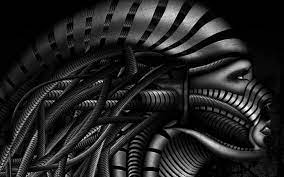Factors Behind the Indian Rajdoot 350’s Discontinuation
For motorcycle aficionados, the renowned Rajdoot 350 motorbike’s discontinuation in India in 1990 signalled the end of an era. The Rajdoot 350, which was introduced in 1983, was discontinued due to a number of important problems that hindered its acceptance and allure.
The Rajdoot 350’s expensive pricing was one of the main reasons for its termination. The motorbike initially cost a whopping Rs. 18,000, making it prohibitive for many would-be owners. A sizeable segment of the market was turned off by the high price, which restricted sales and broader adoption.
The Rajdoot 350’s poor fuel efficiency was yet another detriment. Its low fuel economy was a drawback of its two-stroke design. This constituted a serious obstacle for buyers looking for motorbikes with higher gas economy, especially in light of the increasing cost of gasoline and the expanding desire for affordable mobility.
Another significant factor in the Rajdoot 350’s termination was the lack of disc brakes. Due to its improved stopping power and safety features, disc brakes were becoming more and more popular in India at the time of its debut. Due to the Rajdoot 350’s absence of an advanced braking system, it was difficult to stop the motorbike quickly in an emergency, which increased the risk of accidents and raised worries among prospective purchasers.
Additionally, the Rajdoot 350’s inflexible suspension design made lengthy trips unpleasant for the riders. As customers started to choose bikes with more comfortable and flexible suspension systems, this discomfort aspect helped to explain their declining attractiveness.
The Rajdoot 350’s build quality fell short of expectations. The motorbike had a number of difficulties, including electrical and engine breakdowns, which were ascribed to its poor manufacturing. These issues with the bike’s quality further damaged its image and eroded customer faith in its dependability.
Finally, the Rajdoot 350 was discontinued as a result of India’s evolving pollution standards. It was acknowledged that two-stroke engines—like the one in the motorcycle—were more polluting than four-stroke engines. Rajdoot 350 was discontinued as a result of manufacturers’ difficulties selling two-stroke bikes owing to its negative environmental effect when stronger emission requirements were put in place.
In the end, the Rajdoot 350 was terminated in 1990 after taking into consideration the variety of issues mentioned above. Despite being discontinued, the motorbike has grown in popularity among Indian bikers and is still in high demand on the secondhand market today.
It is important to note that the Indian motorcycle industry has seen substantial developments in terms of design, technology, and emission requirements since the Rajdoot 350 was discontinued. additional ecologically friendly and fuel-efficient bikes have been released by manufacturers, giving customers additional options that fit their tastes and needs.







